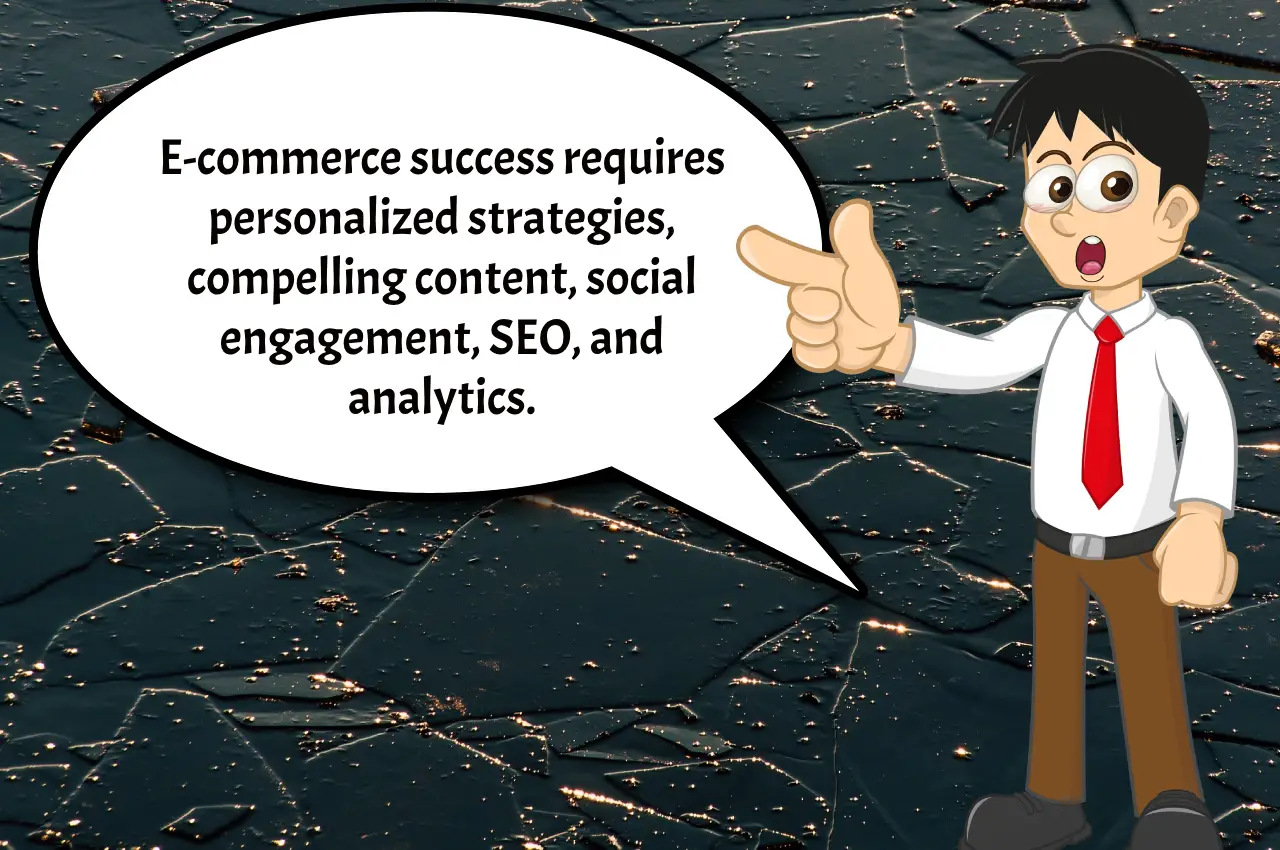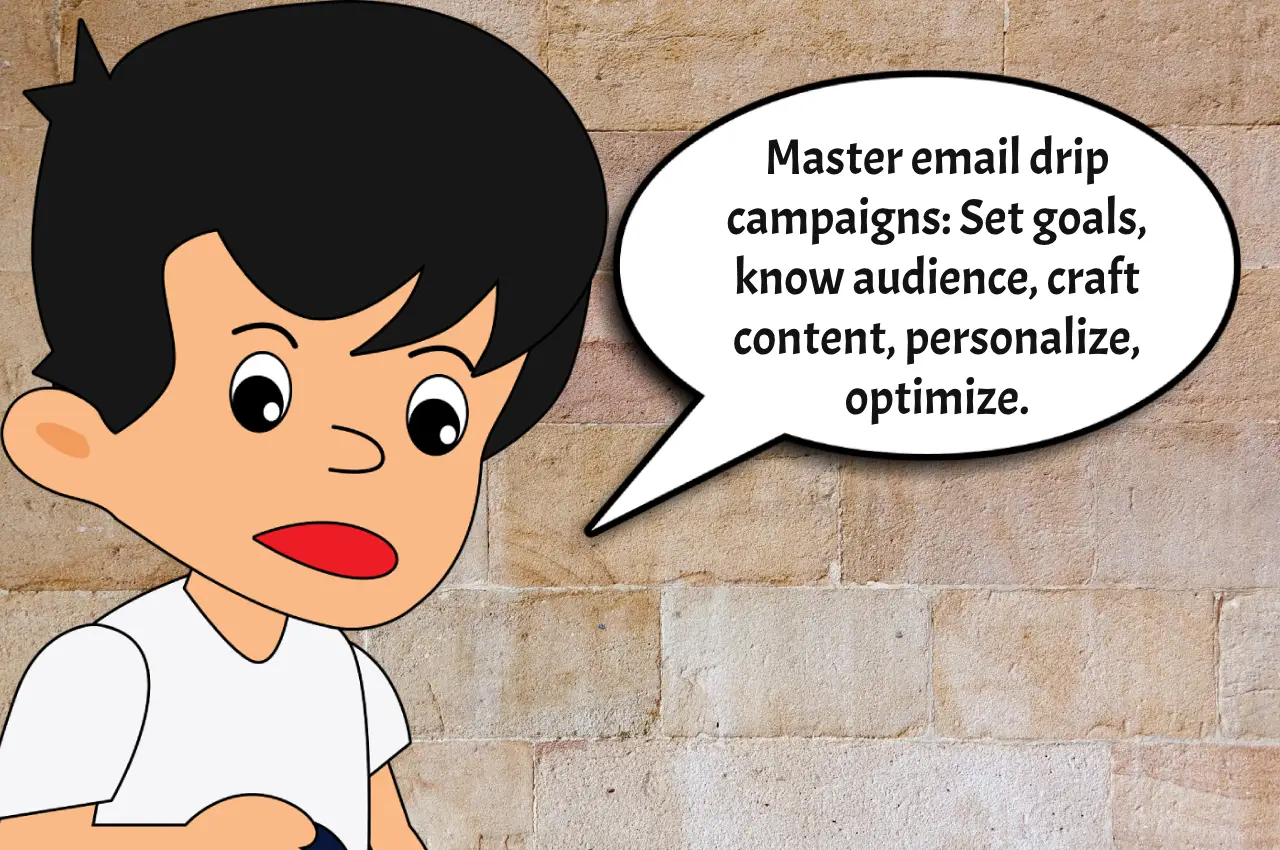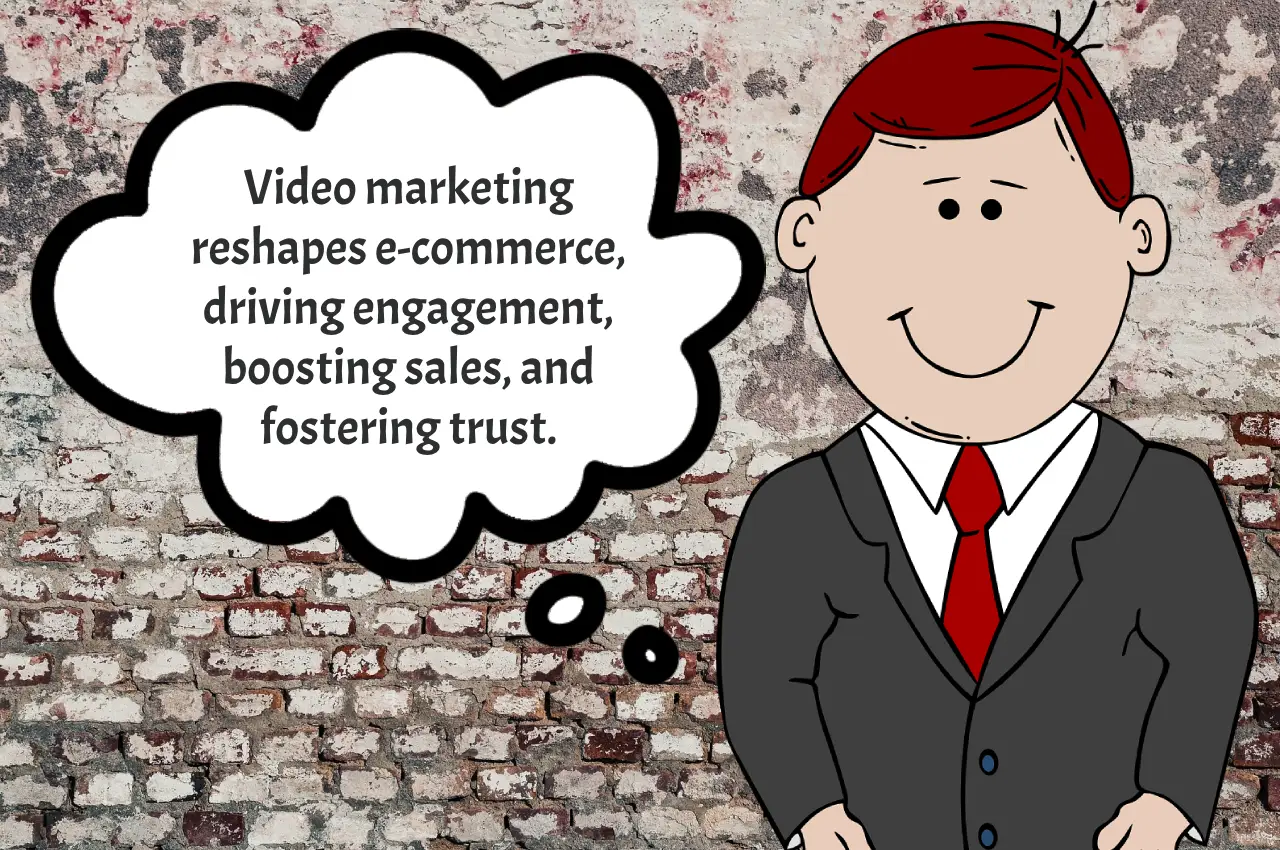The world of e-commerce is a bustling marketplace where competition is fierce, and attention spans are fleeting. To thrive, you need more than just a product – you need a strategic approach that captivates your audience, tells a compelling story, and ensures that your digital shelves are not just stocked but flying off the virtual racks. In this comprehensive guide, we’ll explore the essential facets of e-commerce marketing, providing you with actionable insights and real-life examples to transform your online strategy.
Understanding Your Audience: The Cornerstone of Success
Imagine walking into a café where the barista knows your name and your favorite drink. This personal touch transforms a simple transaction into a meaningful interaction. Similarly, in the digital world, understanding your audience is paramount. Utilize analytics to decipher their preferences, behaviors, and purchasing patterns. By doing so, you’re not just selling a product; you’re creating a personalized online experience.
Crafting Compelling Content: Where Words Spark Sales
Content is often hailed as king, but its true power lies in the context it provides. Consider Tom, a craftsman selling handmade furniture. Instead of mundane specifications, he weaves stories of craftsmanship and the warmth his pieces bring to homes. Be like Tom – sell stories, not just products. Connect with your audience on a personal level, and watch as your products become part of their narrative.
Leveraging Social Media Wisely: Beyond Broadcast, Building Community
Another e-commerce marketing tool is social media. It is more than a broadcasting platform; it’s a vibrant community space. Take Emily’s boutique, for instance. Instagram isn’t just a gallery for her latest collections; it’s a platform for sharing styling tips and engaging in conversations. Use social media to build relationships, not just push promotions. The more engaged your audience, the more likely they are to become loyal customers.
SEO: Your Silent Salesperson in the Digital Landscape
Imagine SEO as a friendly store assistant guiding customers to exactly what they need. Use relevant keywords, optimize product descriptions, and create quality content. This not only improves your visibility on search engines but also ensures that your online store is easily discoverable by potential customers.
Email Marketing: A Personal Touch in the Inbox
Email marketing is akin to sending a personalized invitation to your online store. Segment your audience and send tailored messages. For instance, if you’re running an online bookshop, recommend books based on past purchases or browsing history. This personal touch shows your customers that you understand and value their preferences.
Utilizing Customer Reviews and Testimonials: Building Trust Brick by Brick
Trust is the backbone of online shopping. Showcase customer reviews and testimonials as endorsements. Just like Mike’s tech store prominently features customer reviews on product pages, these real-life experiences build confidence in your product and brand, helping potential customers make informed decisions.
Streamlining the Checkout Process: A Seamless Journey to Purchase
A complicated checkout process is akin to a roadblock in a race. Ensure your checkout process is straightforward and user-friendly. Avoid unnecessary steps that could deter a potential sale. A smooth checkout experience is crucial for converting visitors into paying customers.
Retargeting: The Art of Gentle Reminders
Retargeting is your gentle nudge to customers who showed interest but didn’t make a purchase. Similar to running into a friend who reminds you of that café you wanted to try, retargeting ads guide customers back to your website, encouraging them to complete their purchase.
Analytics: Measure to Improve, Adapt to Succeed
You can’t improve what you don’t measure. Regularly review your e-commerce marketing efforts using analytics. This is your business compass, guiding you toward success. Identify what works and what doesn’t, allowing you to adapt your strategies accordingly.
Staying Ahead with Trends and Technology: Innovate or Stagnate
The e-commerce landscape is ever-evolving. Stay updated with the latest trends and technologies. Be like Laura, who swiftly adopted AR technology in her online clothing store, allowing customers to virtually ‘try on’ clothes. Innovations like these set you apart from competitors and provide a superior shopping experience.
Creating a Community Around Your Brand: Beyond Transactions
Building a community is like hosting a party where everyone shares common interests. Engage with your audience, create forums, or initiate loyalty programs. When customers feel part of a community, they’re more likely to stay loyal to your brand, turning one-time buyers into lifelong advocates.
Diversifying Your Marketing Channels: A Multifaceted Approach
Don’t put all your eggs in one basket. Utilize a mix of social media, SEO, email marketing, and other channels to reach your audience. Diversification ensures you don’t miss out on potential customers who might prefer one channel over another, broadening your reach.
Offering Excellent Customer Service: A Golden Key to Loyalty
Exceptional customer service is your golden ticket. Promptly address queries and resolve issues. A satisfied customer becomes the best advertisement for your business. Positive interactions build trust and loyalty, encouraging customers to return.
Driving Sales Forward with E-commerce Marketing
E-commerce marketing is a dynamic field that demands a multifaceted approach. It encompasses understanding your audience, crafting compelling content, leveraging various marketing channels, and providing excellent customer service. Remember, every strategy should be tailored to fit your unique brand and audience.
Now, over to you. Which e-commerce marketing strategy resonated with you the most? Are there specific challenges you’re facing in your e-commerce journey? Share your thoughts in the comments below, and let’s ignite a discussion on how we can collectively rev up your e-commerce engine!





